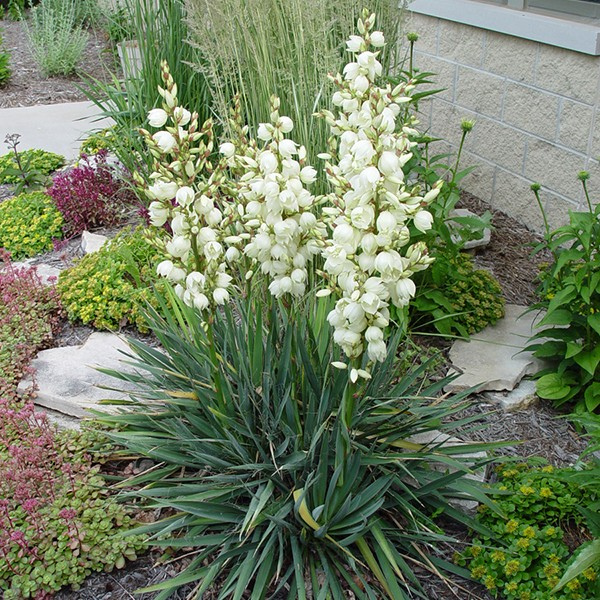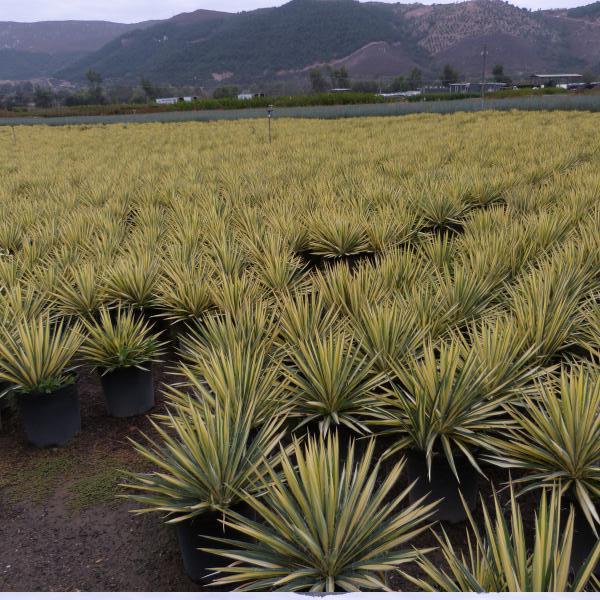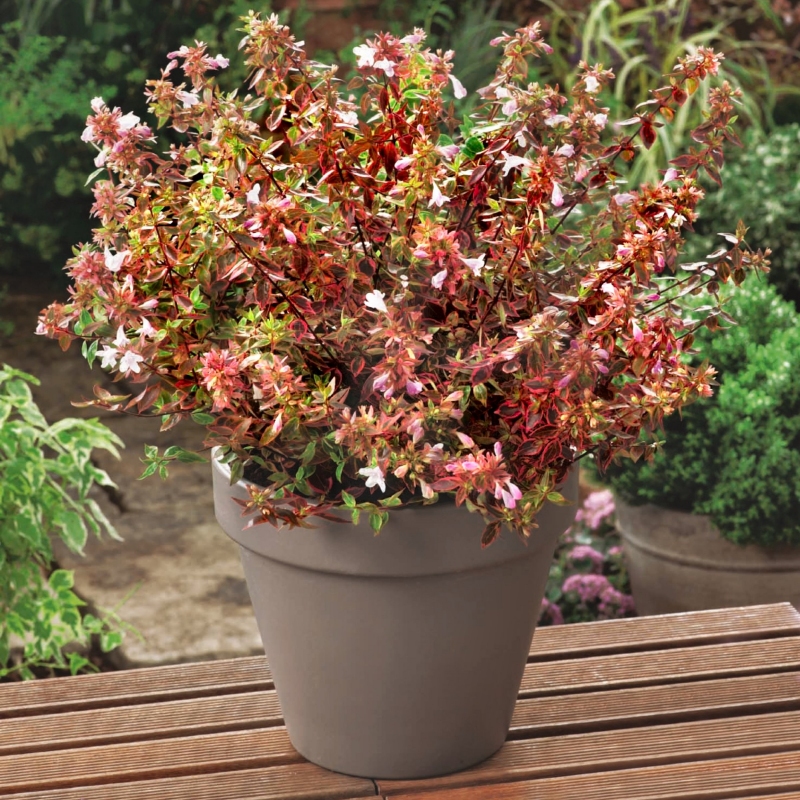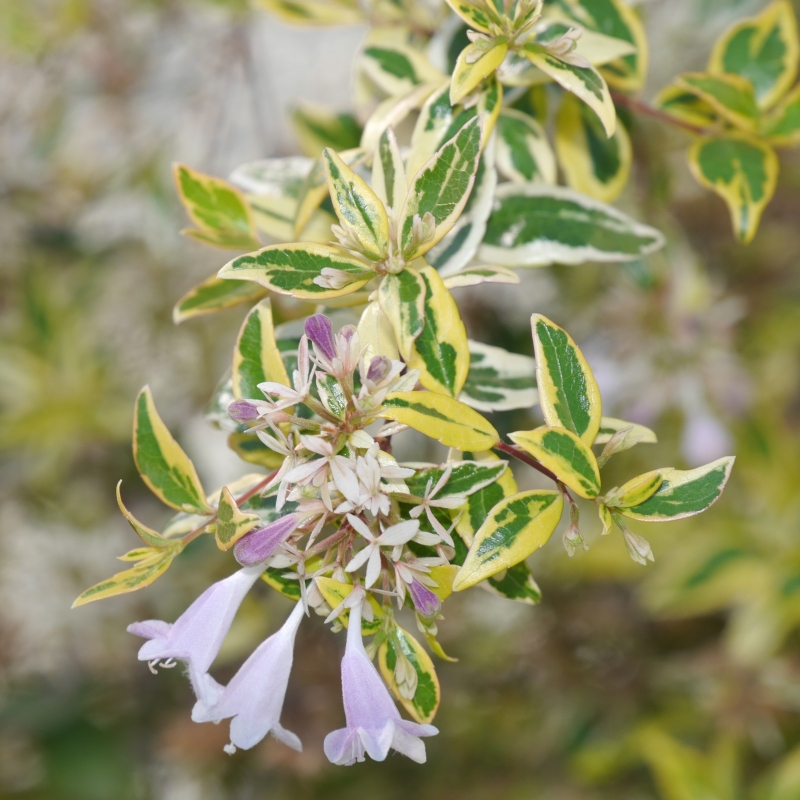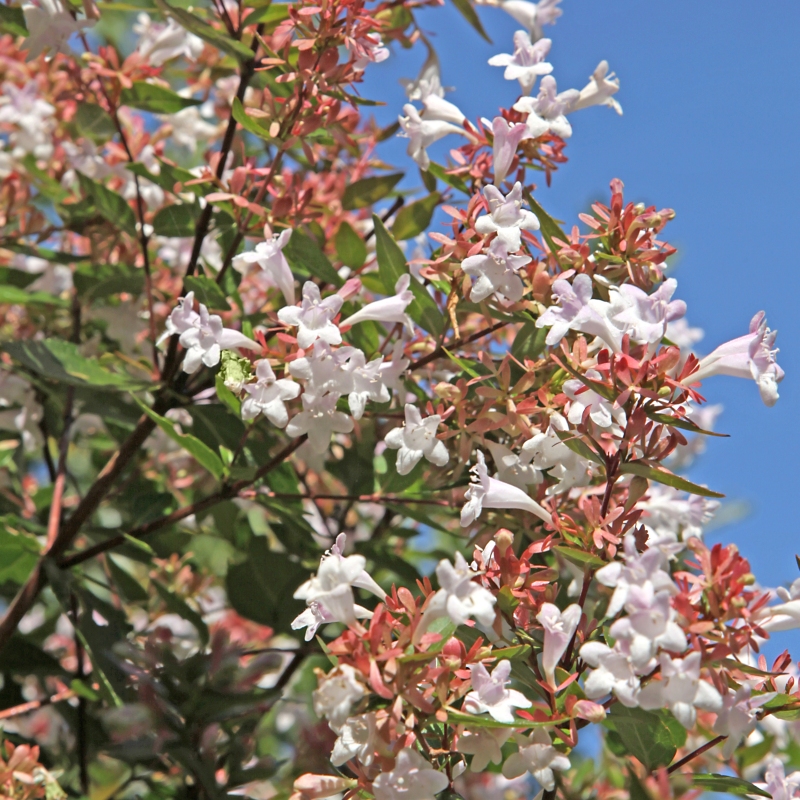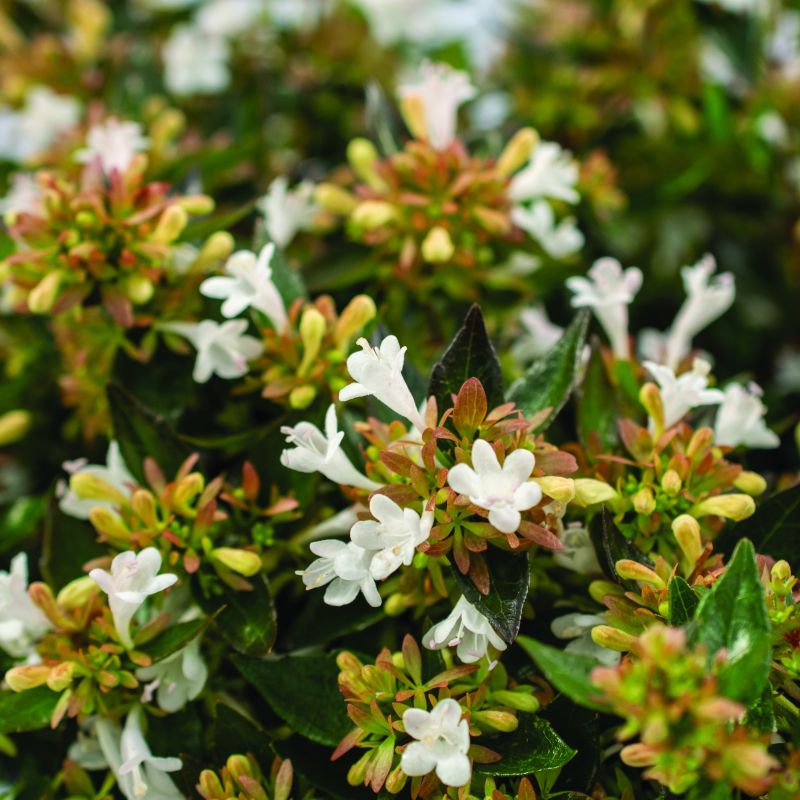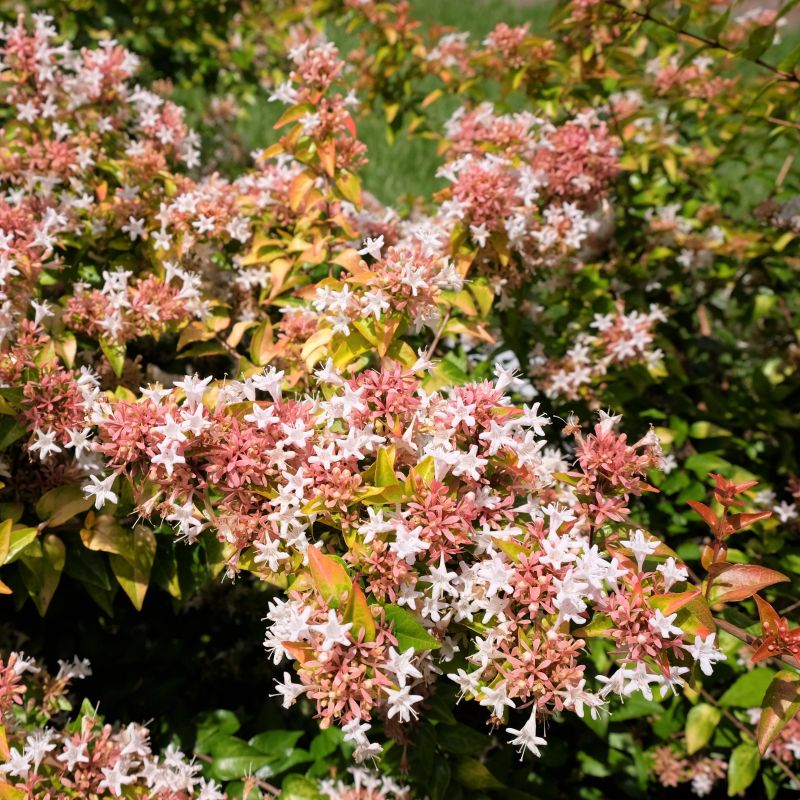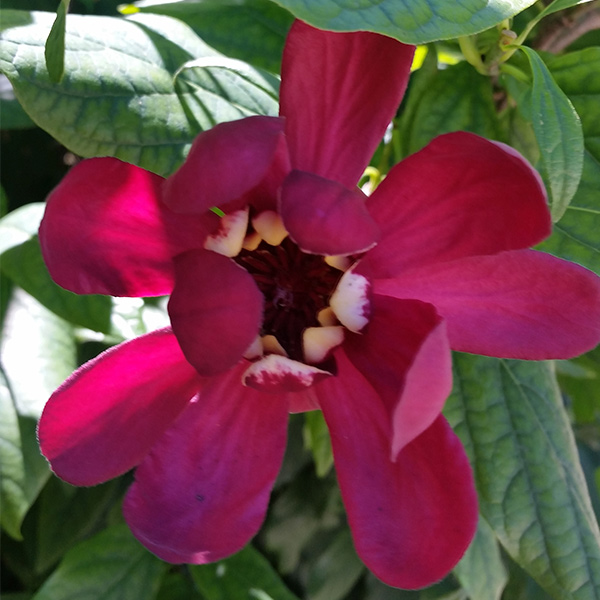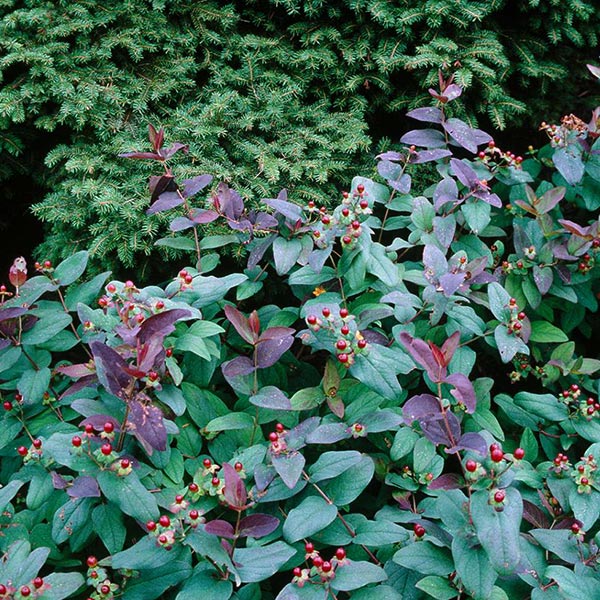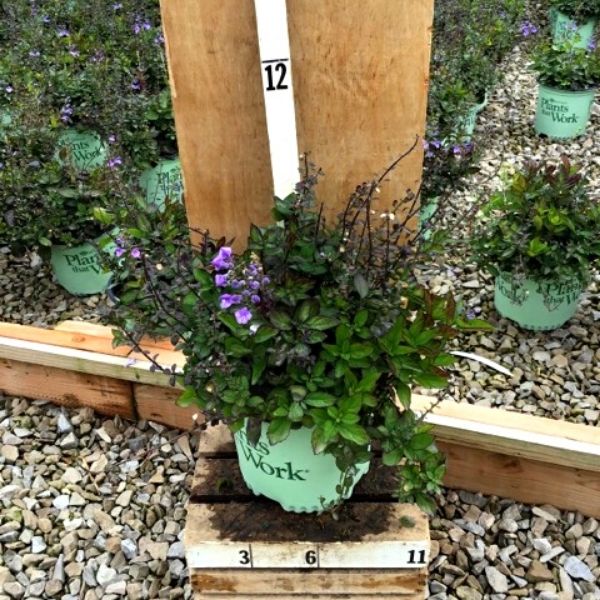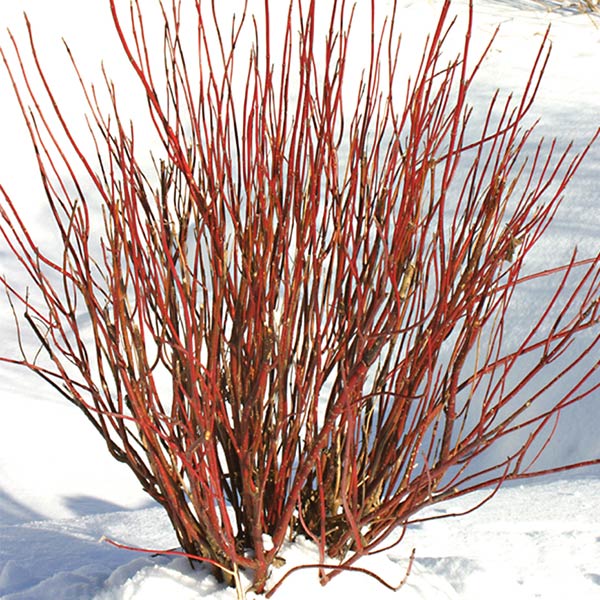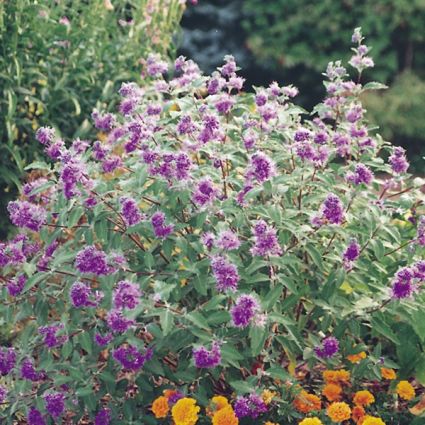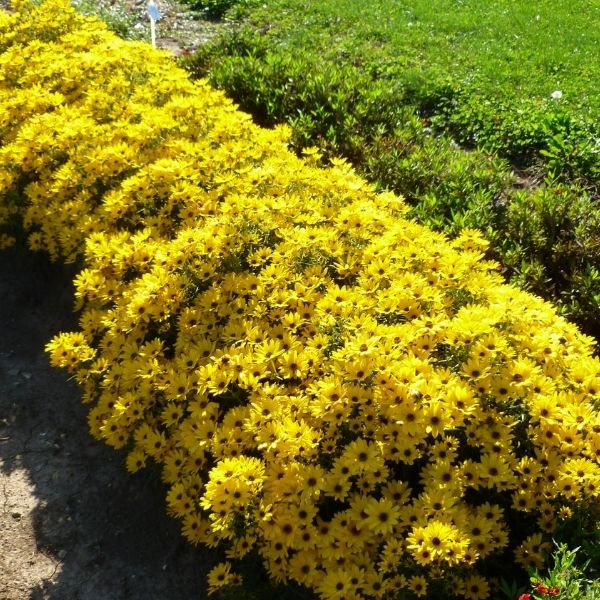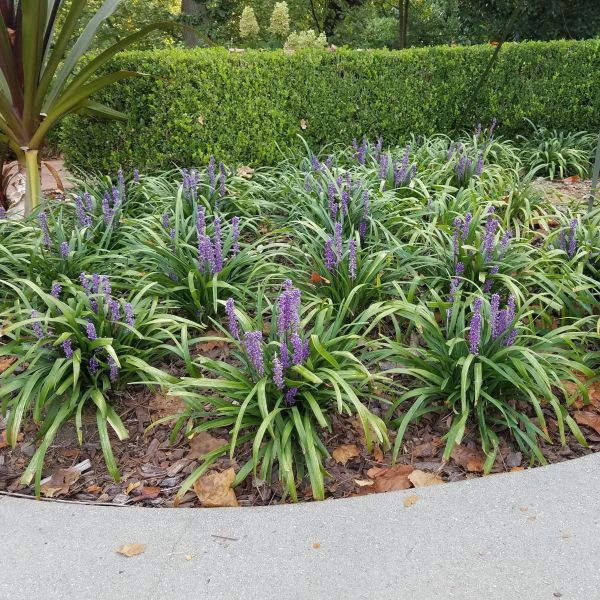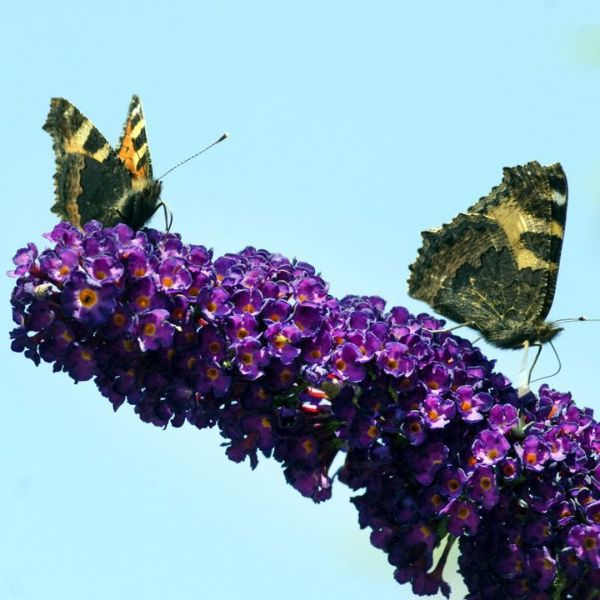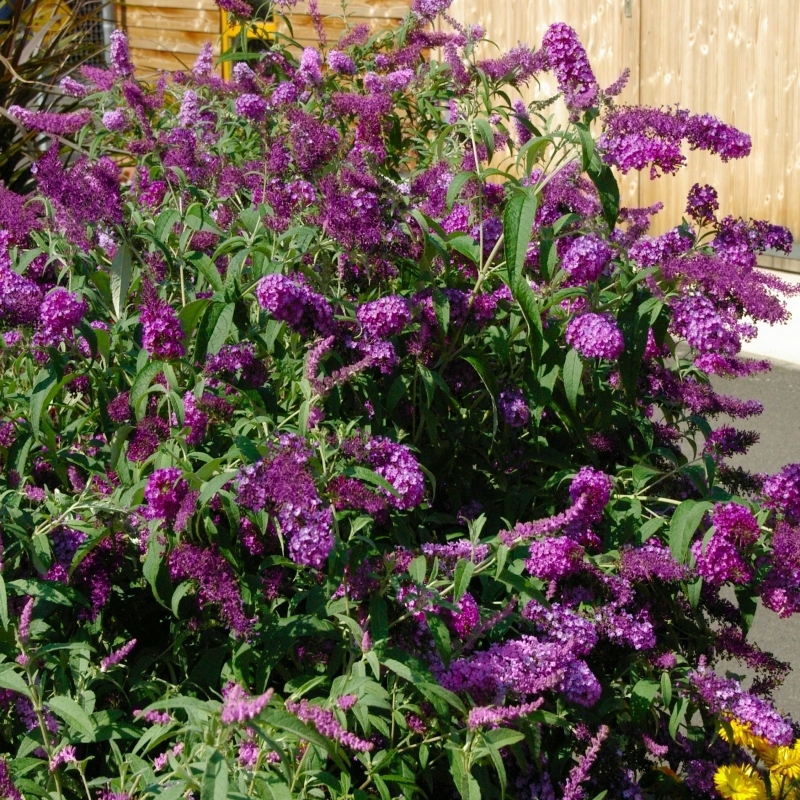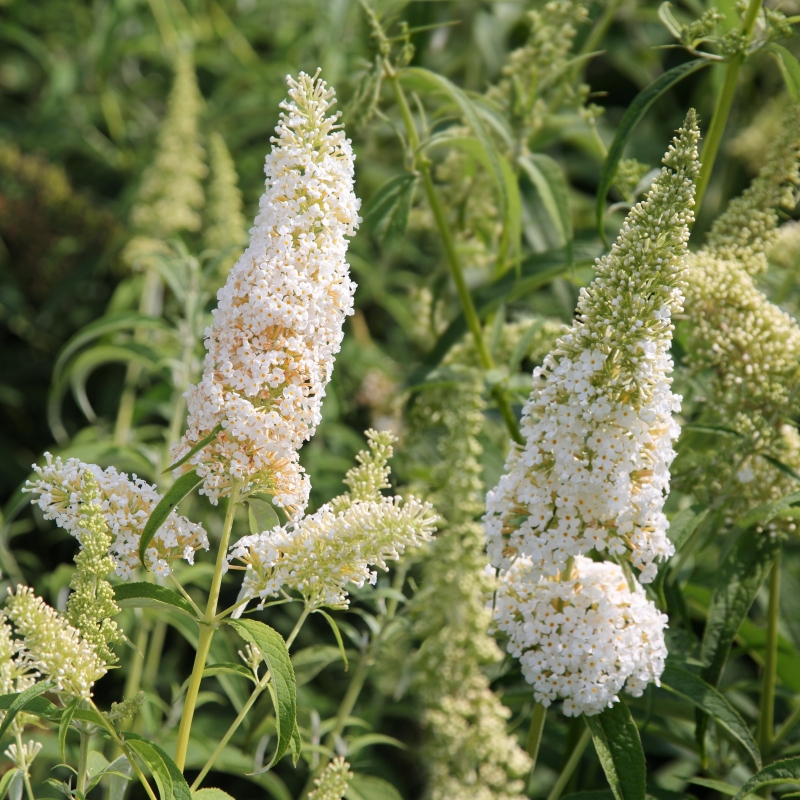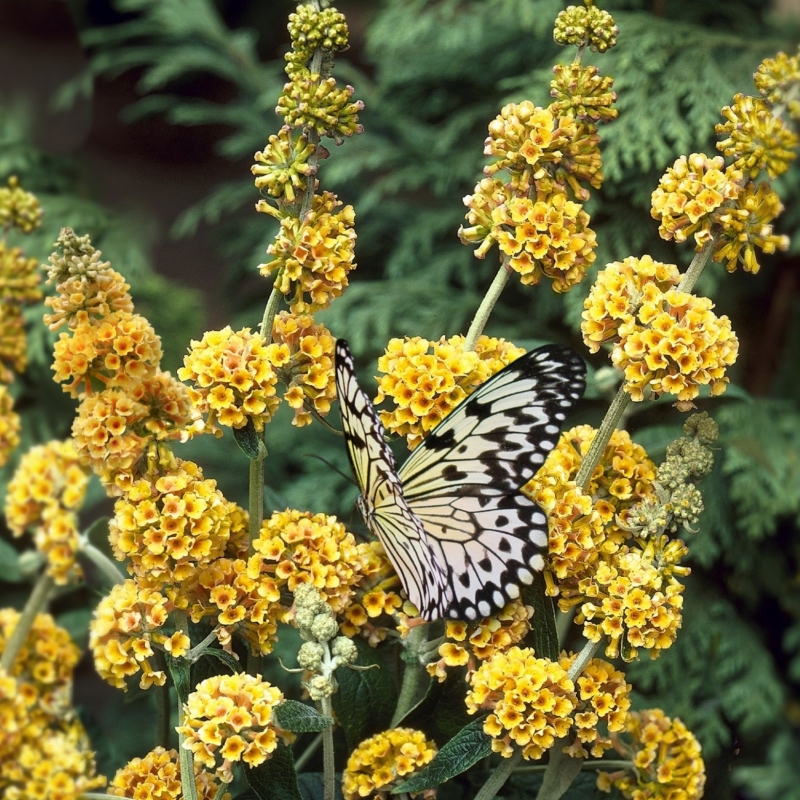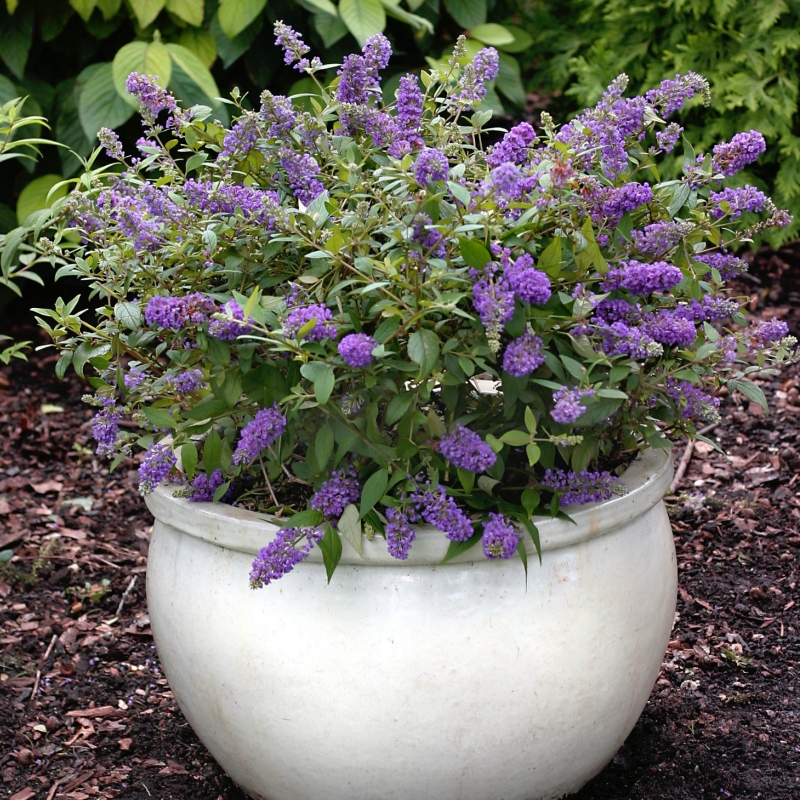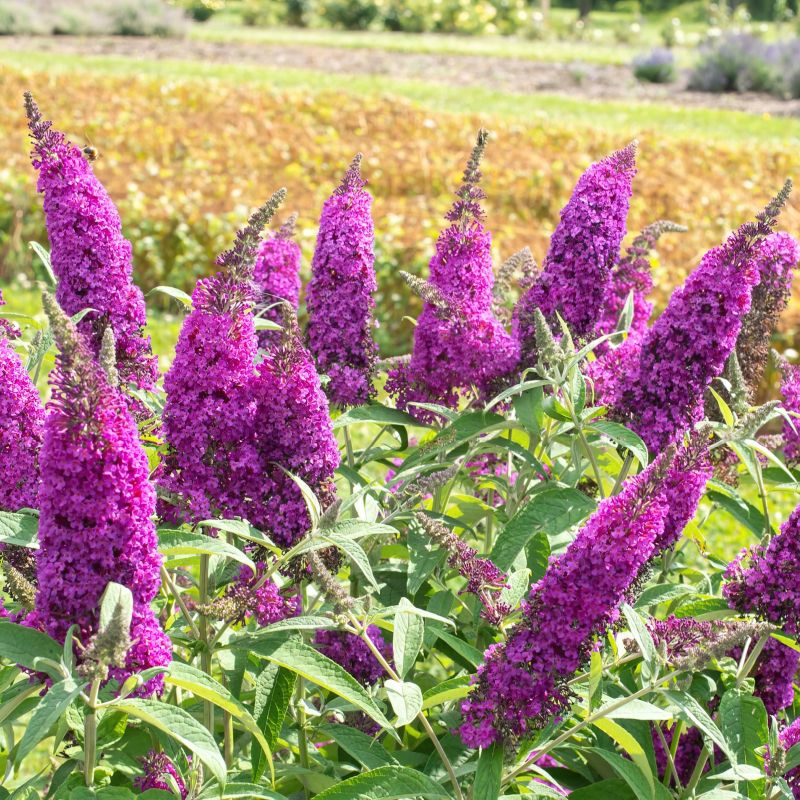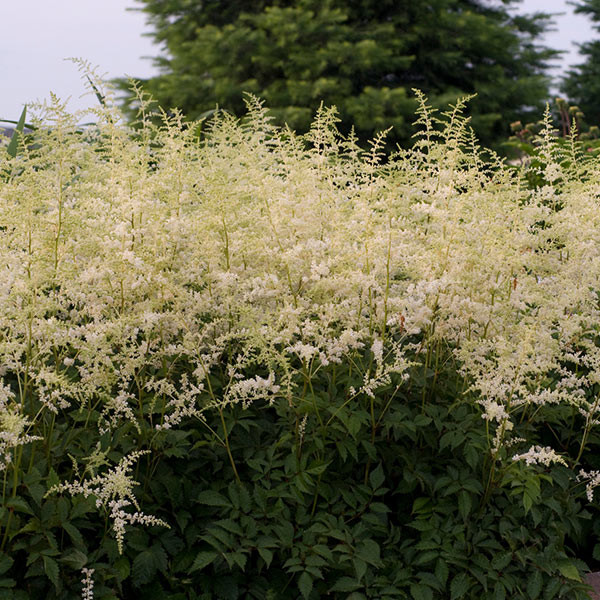Adam's Needle Yucca
Yucca filamentosa
6 reviews
Adam's Needle Yucca
Yucca filamentosa
6 reviews
- Drought tolerant and low maintenance plant
- Beautiful evergreen foliage adds architectural interest to the landscape
- Produces tall spikes of white flowers in summer
- Ships in 3 to 7 days
- Free Shipping Over $150
- Plant Arrival Guarantee
- In Stock
$76.00
$83.6
10% Off
- 1.5 Gallon
- 2.5 Gallon
Why Adam's Needle Yucca?
Adam's Needle Yucca, also known as Yucca filamentosa, is a low-maintenance, perennial plant that is perfect for dry and hot areas. It has sharp, pointed leaves that grow in a rosette shape and produce a tall, white flower spike in the summer. The plant is endemic to the southeastern region of the United States and is resistant to most pests and diseases. With its unique appearance and durability, the Adam's Needle Yucca is an ideal choice for xeriscaping or adding texture to a landscape.
People who loved this plant also bought
Sunlight
Adam's Needle Yucca prefers full sun but can tolerate partial shade. It requires a minimum of 6 hours of direct sunlight per day to thrive and produce healthy growth.
Watering
Adam's Needle Yucca prefers dry to medium moisture levels. It is a drought-tolerant plant that can withstand dry conditions and requires minimal watering once established. Overwatering can be detrimental to its growth.
Fertilizing
Adam's Needle Yucca requires a well-draining soil and benefits from an organic fertilizer application in the early spring. Excessive fertilizer can lead to leggy growth, so it is best to use a balanced fertilizer sparingly.
Adam's Needle Yucca Plants: Unique Stemless Flowering Shrubs
Looking for a unique and hardy plant that can add interest and texture to your landscape? Look no further than the Adam's Needle Yucca plant. Also known as Yucca filamentosa, this stunning evergreen plant blooms showy white flower stalks.
But the Adams Needle Yucca, the Southeastern United States native, is more than just a pretty face – it also provides many benefits that make it a valuable addition to any landscape.
One of the key benefits of Adam's Needle Yucca is its hardiness. This plant can thrive in a variety of soil types and weather conditions, making it a low-maintenance addition to your yard. It is also drought-tolerant, so you can enjoy its beauty even in the driest of summers.
But the Adam's Needle Yucca is more than just a hardy plant. It is also a valuable source of fiber, with its leaves traditionally used to make rope and baskets. Bring a bit of history and tradition to your landscape with this unique plant.
In addition to its hardiness and fiber production, Adam's Needle Yucca also provides important environmental benefits. Its leaves absorb carbon dioxide and other pollutants from the air, improving air quality and reducing the effects of climate change. And its dense growth habit provides important habitat for birds and other wildlife.
But perhaps the greatest benefit of the Adam's Needle Yucca is its ability to add interest and texture to your landscape. This plant is a unique and eye-catching addition to any garden or yard, with its spiky leaves and tall flower spikes. Plant it as a specimen plant or use it to create a natural privacy screen.
In short, the Adam's Needle Yucca is a plant that truly has it all – hardiness, fiber production, environmental benefits, and landscape interest.
Don't miss out on the opportunity to own this exceptional plant. Purchase an Ad
Plant Information:
| Botanical Name: | Yucca filamentosa |
| USDA Zones: | 4-10 |
| Exposure: | Full Sun |
| Soil Needs: | Widely Adaptable |
| Mature Height: | 2 - 4 feet |
| Mature Spread: | 3 - 4 feet |







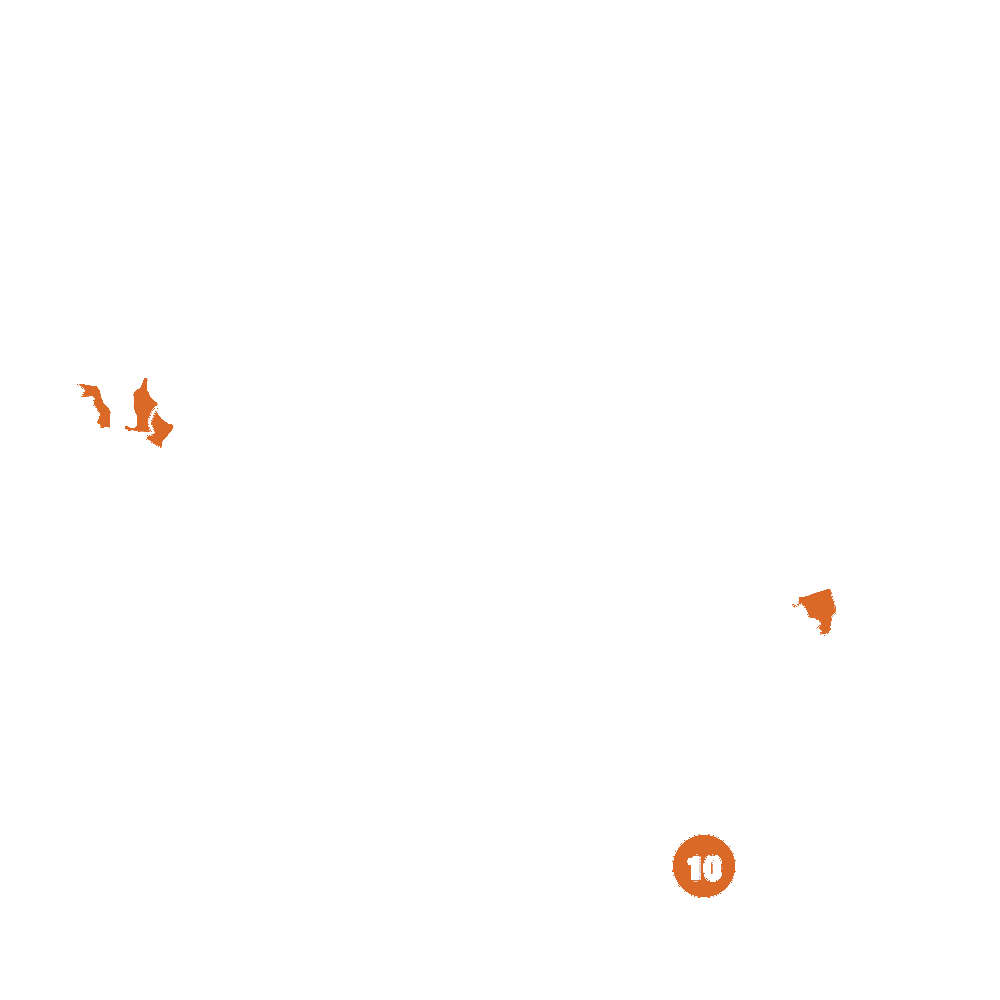
Pollination Info
Pollination Info for Adam's Needle Yucca (Yucca filamentosa)
Adam's Needle Yucca is a flowering plant that relies on pollinators for its reproduction. The pollination process of Yucca filamentosa is fascinating since it has a mutualistic relationship with a specific species of yucca moth, the Pronuba yuccasella.
The plant and the moth have co-evolved to depend on each other for their survival. The plant produces large, white, bell-shaped flowers on a tall stem, and the pollen is stored in a tight cluster of anthers at the base of the flower. The yucca moth collects the pollen from the anthers and then lays her eggs in the ovary of the flower, where the moth larvae feed on the developing seeds.
The process of pollination is crucial as the plant cannot produce seeds without the yucca moth, and the yucca moth has no food source for her offspring without the plant. The plant and the moth benefit from this mutualism, and both have developed physical and chemical adaptations to ensure pollination occurs. The moth has a long tongue that is specifically adapted to gather pollen from the anthers, and the plant produces chemicals to attract the moth to its flowers.
Adam's Needle Yucca is also pollinated by a variety of other insects, such as bees, butterflies, moths, and beetles, but the yucca moth is the most efficient pollinator for this plant. Without pollinators, Adam's Needle Yucca would not be able to produce seeds, and thus, the survival of the species would be threatened.
FAQ
Adam's Needle Yucca (Yucca filamentosa): Frequently Asked Questions
What is Adam's Needle Yucca?
Adam's Needle Yucca (Yucca filamentosa) is a perennial plant native to the southeastern United States, particularly in the coastal regions from North Carolina to Florida. It is also known as filamentous yucca, spoonleaf yucca, and needle palm.
What does Adam's Needle Yucca look like?
Adam's Needle Yucca has long, sword-like leaves that grow in a rosette pattern. The leaves are stiff, sharp, and have white, curly threads along the edges. The plant can grow up to 5 feet tall and 4 feet wide. In the summer, it produces a tall flower stalk with white, bell-shaped flowers.
Where should I plant Adam's Needle Yucca?
Adam's Needle Yucca prefers a well-drained soil and full sun or partial shade. It is drought-tolerant and can withstand cold temperatures down to -10 degrees Fahrenheit. It is often used in xeriscaping, rock gardens, and coastal landscapes.
How do I care for Adam's Needle Yucca?
Adam's Needle Yucca is a low-maintenance plant. It does not require frequent watering and can tolerate dry soil. It is important to avoid overwatering, as this can lead to root rot. Fertilizer is not necessary, but a layer of compost can be applied in the spring. The plant may need to be divided every few years to prevent overcrowding.
Is Adam's Needle Yucca edible?
The roots and leaves of Adam's Needle Yucca have been used for medicinal and culinary purposes by indigenous people for centuries. The roots can be cooked and eaten, and the leaves can be used in salads or cooked like asparagus. However, it is important to only consume this plant if you are 100% sure of its identification and have professional guidance.
Is Adam's Needle Yucca poisonous?
While Adam's Needle Yucca has been used for medicinal and culinary purposes, some parts of the plant can be toxic if ingested in large quantities. The leaves have sharp edges that can cause injury if not handled carefully.
Does Adam's Needle Yucca attract wildlife?
Adam's Needle Yucca is a favorite plant for many pollinators, including bees, butterflies, and moths. The flowers produce a sweet nectar that attracts these insects. The plant can also provide shelter for small animals such as birds and rodents.
Planting & Care
Planting Adam's Needle Yucca
1. Choose a site with well-draining soil and full sun exposure.
2. Dig a hole twice as wide and just as deep as the rootball.
3. Mix in compost or other organic matter to help improve the soil's drainage and nutrient content.
4. Place the Yucca in the hole, making sure the top of the rootball is level with the soil surface.
5. Fill in the hole with soil, tamping it down lightly to eliminate air pockets.
6. Water thoroughly to settle the soil around the roots.
Caring for Adam's Needle Yucca
1. Water deeply once a week during the first growing season to help establish the plant.
2. After the first year, water only during long dry spells or prolonged periods of drought.
3. Fertilize once a year in the spring with a slow-release, balanced fertilizer.
4. Prune away any damaged or yellow leaves as necessary, using sharp, clean pruning shears.
5. Divide mature plants every 3-4 years in the spring to promote new growth and rejuvenation.
6. Mulch around the base of the plant to help retain soil moisture and discourage weeds.
Check Out These Verified Customer Reviews:
Customer Reviews
4.7 out of 5 based on 6 reviews
Thank you! Your review has been submitted.
High-quality Yucca plant with sturdy leaves. Looks amazing in my garden.
The Yucca plant looks even better in person. Highly recommend this product.
Impressed with the healthy appearance of the plant.
Item has been added to your cart.



